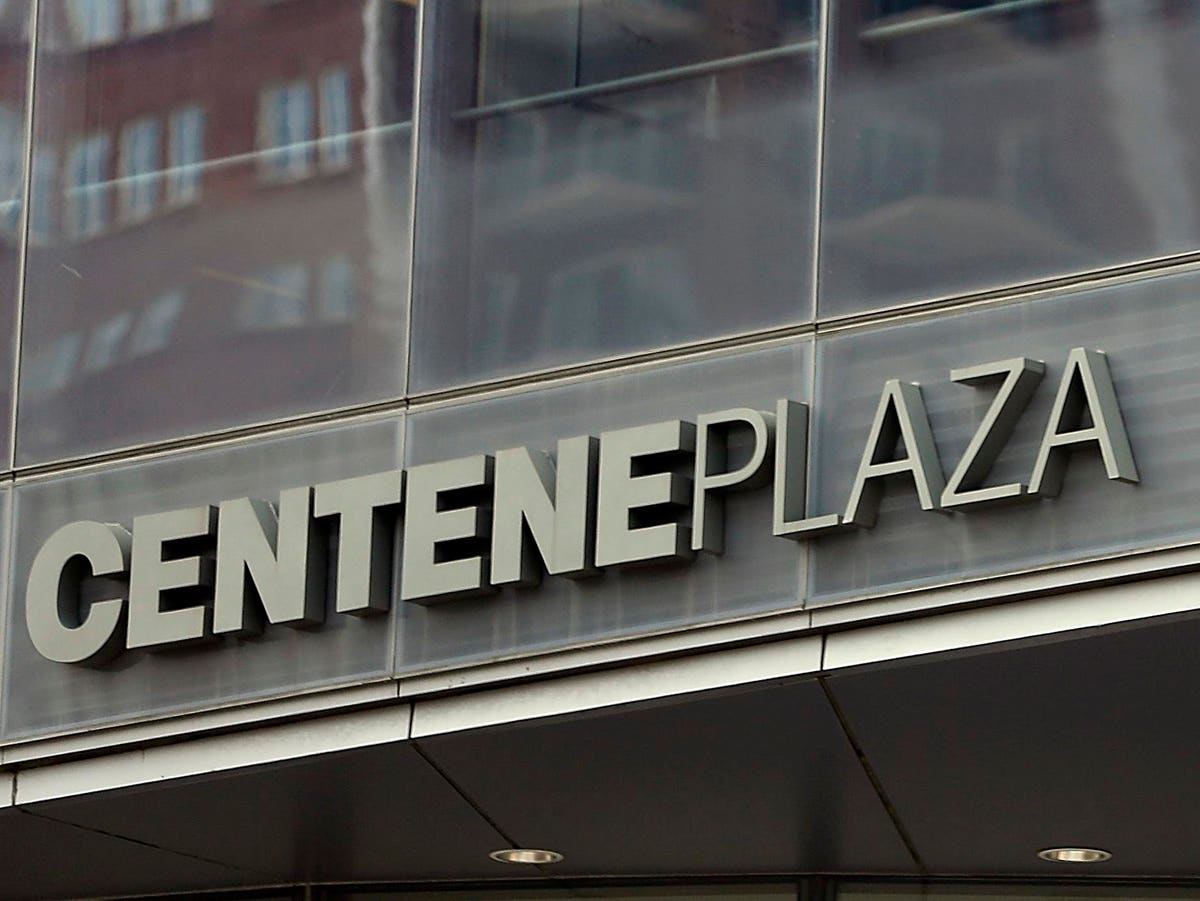Key Takeaways
- Healthcare provider Centene will be letting go of 2,000 staff, equating to around 3% of their workforce
- The cuts are being made to ensure the company remains profitable in the face of increased competition in the government subsidized healthcare space
- While the layoff headlines have slowed in recent months, there are still plenty going on with Snap, T-Mobile, Roku, Farmers Insurance and even the Federal Reserve all reducing headcount over the past few weeks
Earlier this year we saw a raft of layoffs, mainly focused on the tech sector. Mark Zuckberg penned it the ‘Year of Efficiency’ at Meta, but they were far from the only company in SIlicon Valley making significant cuts to the workforce.
After a few hard months (and a viral website tracking every layoff in almost real time), things started to settle. Economic data remained relatively stable, inflation had begun to come and markets rallied.
But over the past couple of months some of that has started to look a little shaky. And while we’re not seeing anything like the layoffs we saw at the start of the year, the news that major health insurer Centene is set to cut staff numbers by 2,000 will have some a little worried.
Centene to layoff 2,000 employees
Looking to cut costs, Centene has confirmed that they’ll be reducing their headcount by 3%, equating to around 2,000 members of staff. That’s despite recording Q2 profits of over $1 billion.
It highlights the level of concern over the current state of the economy, with many companies looking to ensure they are prepared for any potential uncertainty, or even a recession.
The cuts at Centene come down to a strategic decision, with the company looking to cut costs to stay competitive in the growing area of government subsidized income, specifically Obamacare and Medicaid. Centene has been having success in this area, adding 2 million new members thanks in large part to their Obamacare plans.
A spokesperson from the company made a statement in response to the announcement, saying that, “We routinely assess our workforce to ensure we have the talent and expertise necessary to support our members and the evolving needs of our business. Our decision was not made lightly. Centene will support impacted employees with severance packages and outplacement services, consistent with our standard approach.”
How did Centene’s stock price react?
Centene’s stock dropped on the news, falling just over 1.6% to close at $69.70. So far this year we’ve seen a mix of reactions when it comes to layoffs. In some cases, cuts have been very positively received, and that’s especially true for the big tech layoffs earlier this year.
Generally speaking the focus on efficiency has been good news for shareholders, who have seen it as a way for the company to continue to generate profits even during challenging market conditions.
But of course that positivity is not necessarily going to be there if those same shareholders are worried that even with cuts, the company may struggle.
It’s still too early to tell where Centene sits on that spectrum, but investors should take some comfort in the fact that healthcare is generally a sector that’s considered ‘recession proof’. Obviously no company is completely immune to the impacts of a negative economic environment, so perhaps ‘recession resistant’ is a better way to describe the industry.
Regardless of the overall state of the job market, inflation and the economy in general, demand for healthcare remains stable. In fact, during the most challenging times for society the demand can actually increase.
The wider layoff picture
The major headline layoffs have seemed to have slowed since the beginning of this year. In fact, some companies such as Salesforce are now looking to boost headcount going into Q4 of this calendar year.
Even so, there are still plenty of companies looking to sure up their costs ahead of what could continue to be a rocky economic environment.
Snap
Snapchat’s parent company has announced they’ll be cutting 170 jobs from their augmented reality business, citing generative AI as the main cause. They’ve stated that they’ll be shifting focus to their core advertising business.
Airtable
The productivity darling is making significant cuts to their headcount, with the 237 layoffs representing around 27% of their total workforce. This comes off the back of 250 layoffs back in December.
Roku
In early September Roku announced that they’d be reducing their staffing numbers by around 10%, equating to around 360 jobs. That will bring the total cuts at the company to almost 800 since November last year.
T-Mobile
And it’s not just smaller companies making cuts. T-Mobile will be shrinking payroll by around 7%, but for a company their size that means roughly 5,000 jobs will be going. The cuts come as a result of significant increases in customer acquisition costs.
Farmers Insurance
So big and small companies alike are still being impacted, and these aren’t all just tech and communications companies. Farmers Insurance will be cutting an estimate 2,400 jobs in a reduction of headcount of roughly 11%.
The Federal Reserve
That’s right, the Fed themselves are also making cuts. While not a significant percentage of the current headcount (around 1%), the Fed will be letting go of around 250 staff in their regional banks, aimed mainly at IT staff.
The bottom line
Investors will generally look to ‘recession resistant’ sectors such as healthcare, food and energy when the economic climate turns rocky, but that doesn’t mean that every company in these industries is immune from challenges.
All of these sectors remain incredibly competitive, which means that staying afloat and profitable requires tough decisions to be made. For Centene, that means making significant layoffs in anticipation of what economic picture might be on the horizon.
While the market’s initial reaction has been a negative one, investors should generally be positive when a company takes these sorts of steps during a period of relatively strong financial results. As we saw in the tech sector earlier this year, improving efficiency ahead of time is a far better solution than making emergency cuts when it’s already too late.
With that said, investors should always consider the broader picture, and ensure they’re diversified to avoid overexposure to the fortunes of any one company or investment.
Read the full article here













Leave a Reply